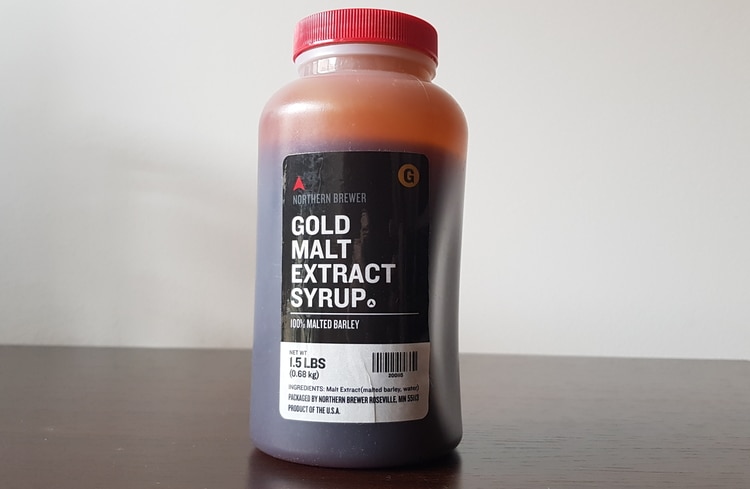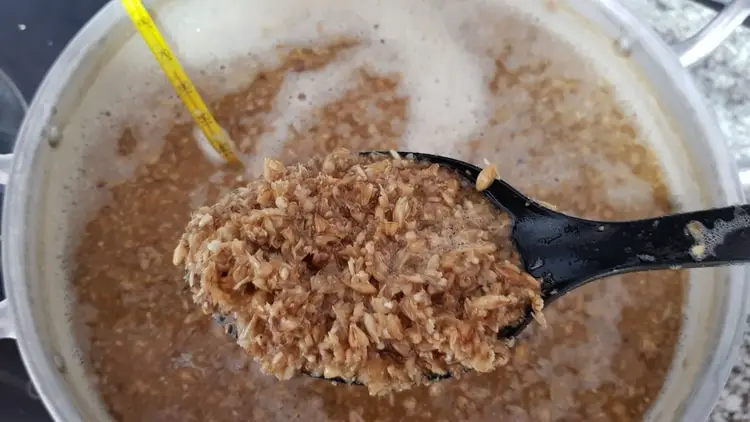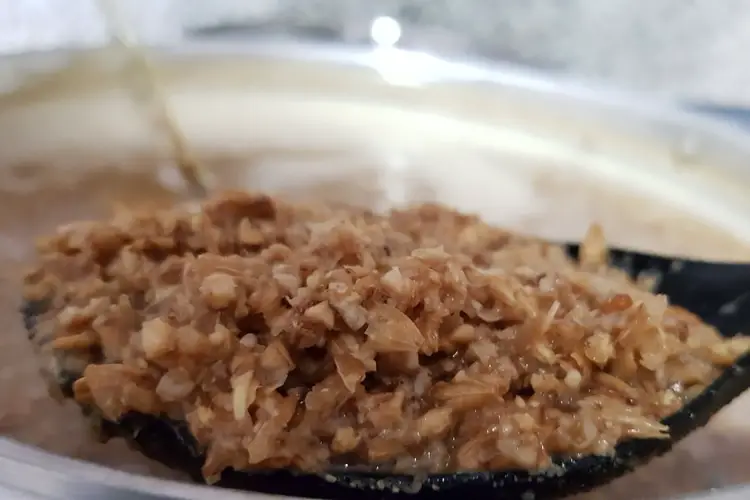When you begin researching how to brew beer, you will discover that there are a few different ways you can homebrew.
The difference in each process is mostly how the base of the beer is made and what you do with the mash or grain pile to collect the sugars at the end. This affects so much with the brewing process because it is the basis for your entire brew.
With malt extract brewing, it’s easy and fast to make a homebrew beer. Brewing all-grain gives more control over the flavor of the beer but requires more time, more precision, and sometimes more equipment. Partial-mash brewing combines both processes to produce a fresh beer trouble-free.
While you are most likely going to come to a decision based upon the flavor profiles you want your brew to have, the following sections compare the pros and cons of partial-mash, all-grain, and malt extract brewing.
Malt Extract Brewing

Malt extract brewing is argued to be the easiest way to brew and is recommended for beginner brewers.
This is the process of using liquid or dry malt extract to brew the base to your beer.
It allows you to skip the mash and sparging process (usually 1.5h – 2h), and move straight to the boiling and fermentation process.
Pros
- Cheaper equipment investment – Usually, with malt brewing, you can manage to collect things from anywhere to have your full set up. Even if you chose to buy an all-inclusive kit, you would still be on the cheaper side when it comes to the equipment cost (no more than $50).
- Easier – Overall, with malt extract brewing, you have fewer ingredients and cannot mess up too much with the process. Mash temperature, mashing time, sparging water temperature, etc. are none of your worries here. That means less room to make an error.
- Time – With extract brewing, you do not have to monitor your mashing process as carefully as you do with all-grain. You’re saving 1h30 of mashing and about 20-30min of sparging. But you still have to boil the wort (water + extract) for 1h to 1h30 and cool it down (around 30min).
Cons
- More expensive – Malt extract is just more expensive than grains. Two or three times more expensive.
- Lack of individuality – While there is a large variety of malt grain to choose from, you are still extremely limited to the flavor choices of malt extract. You will not be able to customize your brew in such a way as you would if you chose to use grain. It’s a bit like baking from a cake mix.
All-Grain Brewing

All-grain brewing is the process of using malted grains, working them into a mash with hot water to create a brew base: your wort.
With this process, you can control the number of sugars you can pull from the mash and the sparge; this is how you achieve different flavor profiles.
The beginning process of all-grain is a bit more difficult and time-consuming than either of the other brewing options.
Pros
- Absolute control over flavor – You get to control the runnings, and by default, you will be able to control the flavor of your beer to the fullest extent. You want to increase the ABV of your recipe, you can. You want to do a Dry Hopping, you can. You want to add cucumber (yes cucumber!) to your beer, you can.
- Sense of accomplishment – You get a really great sense of accomplishment when you make a great tasting beer all by yourself from start to finish.
- Cost-effective ingredients – Grain is cheaper than any malt extract you would need to do extract brewing. While you need far more grain to complete your brewing process, it still ends up being cheaper than extract.
Cons
- Time-consuming – When compared to extract brewing, you will usually need to spend an extra 1h30 mashing the grain and 20-30min sparging.
- Bigger margin of error – You need to control the temperature of the wort very closely – not always an easy thing with a kitchen stove – sparge with the right amount of water at the right temperature, etc. With this process, it’s easier to fail a batch.
- More equipment – potential you’d be looking at acquiring a separate mash tun and other equipment.
Partial-Mash Brewing
Partial mash brewing is the process of using part grain mash and part malt extract.
Adding base malts allows for a greater opportunity to personalize the taste of an extract malt which sometimes lacks aroma and freshness.
Pros
- Broader flavor range – With partial-mash, you can use multiple ingredients to adjust the flavor in more specific ways you can achieve with only using one.
- Easier than all-grain – the range of temperatures and grain-to-water ratios are not as narrow as for all-grain. Can be done easily on a stovetop.
- Fresh tasting beer – Because you’re using fresh grains in the recipe
- Fast – It’s faster to partial-mash brew that all-grains. You’re looking at around 3h for your Brew Day, whereas brewing an all-grain beer, you’d be looking at 5-7 hours.
Cons
- Ingredient costs – Malt extract is the most expensive ingredient you can purchase besides yeast.
- Lack of control – Despite being able to customize your beer a little, you’re not able to fully tailor it.
How to Decide?
Some people legitimately decide on how they will brew based upon price and ease.
While it may not be the best way to decide on your brew type, if it works for you and your preferences, then any beer is better than no beer.
However, it is worth it to focus a bit more on if the ingredients and process can achieve the homebrew you want.
